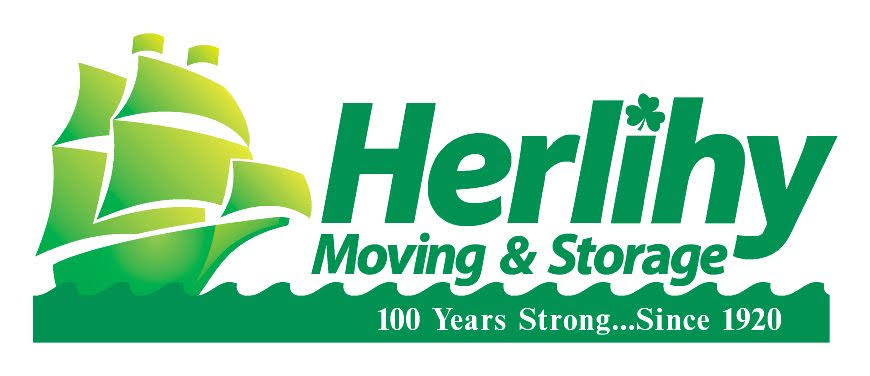28 Feb
The thing they don’t tell you about moving is how much you’ll spend on moving supplies. You’ll need plenty, and sometimes they can add up.
Guides based on the number of bedrooms might work, but it depends on the person. Sometimes they’re wildly inaccurate.
Use these methods to approximate how much you’ll need to get for your upcoming household move.
1. Square Feet
Estimating by the number of square feet of your home can be one of the most accurate methods. You’re not underestimating rooms like the living room, garage, or kitchen by considering the size.
You can use this rule of thumb to help you estimate the number of boxes you need per 100 square feet:
- 2-5 small boxes
- 3-4 medium boxes
- 2 large boxes
- 1 extra-large box
Keep in mind that this method may not be as accurate for very large or very small homes.
2. Bedrooms
You may notice that moving box calculators often rely on the number of bedrooms. For a home that is at least 50/50 bedrooms to living space, it makes sense.
You may not get a concrete answer for this method of the number of boxes you need per bedroom. That’s because the estimates try to accommodate the whole home within the number of bedrooms.
Use the estimate per 100 square feet, and multiply it by about four for each bedroom you have in the home.
3. Home Type
As you compare moving box estimates, remember that a three-bedroom apartment isn’t the same as a three-bedroom home. You will probably need at least 10 to 20 percent more for a single-family house.
The most significant difference between packing a single-family home and a condo unit or apartment is outside the dwelling. For example, if you have to pack up a garage or a garden shed, you’ll need more boxes for that. You might also need extra room for equipment.
4. Box Sizes
It’s tempting to minimize the number of boxes you need by increasing the size, but it doesn’t work that way. You’re going to need more small and medium boxes than you will large or extra-large. So for every 3 to 4 small and medium boxes you buy, plan for two large and one extra-large.
Small boxes are easy to pack tight, so they’re perfect for books, kitchen items, or heavy collectibles. Medium boxes give you a little extra space, suitable for decor or compact clothing. Save the large and extra-large cartons for bulky outerwear and lightweight holiday decorations.
5. Other Packing Supplies
Before you head off to the store, remember that you need other packing supplies as well. Pick up packing tape with a roller, bubble wrap, packing paper, labels, and a handful of permanent markers.
If you can, buy a roll of packing tape with a dispenser and one extra roll. Depending on your taping strategy, those two rolls will get you through 50 to 100 boxes. Plan to buy 10 to 20 pounds of packing paper and about 100 feet of bubble wrap for an average house with a typical amount of glassware and delicate items.
Call in the Pros
Estimating packing supplies is tricky, but there are a few ways to make it work. Or hire full-service movers to handle your packing and heavy lifting. Contact us today for more advice on making your upcoming move more manageable.



